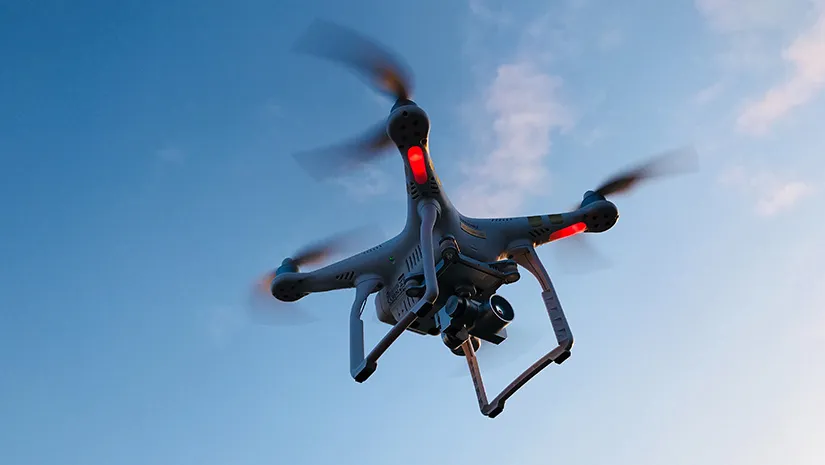Vampire Drones?

Drones, especially quadcopters, have undeniably revolutionized various aspects of contemporary life, despite ongoing debates around privacy and safety.
They have transformed photography and videography with dramatic perspectives and enabled the delivery of food and essentials to remote locations. Yet, one significant limitation often overlooked is their relatively brief flight times, constrained by small battery capacities. This limits their range and the weight of their payloads unless they can land for a recharge. To address this, a novel approach has been explored that leverages a common and powerful energy source found in urban environments: the electrical power lines crisscrossing the sky.
The innovation comes from a team including Viet Duong Hoang, Frederik Falk Nyboe, Nicolaj Haarhøj Malle, and Emad Ebeid, who recognize that current battery technology forces drones to travel light, typically allowing for about an hour of flight. This sharply restricts how far and how long drones can operate unless they find a way to recharge during their missions, similar to how vehicles refuel or recharge while on the road. However, establishing drone “charging stations” could be impractical or costly.
Researchers at the University of Southern Denmark have proposed a solution that bypasses the need for solar power, which they deemed too slow and insufficient for drones. Their design enables drones to attach themselves to power lines using a clamping mechanism. When the drone’s battery dips below a certain level, it seeks out the nearest power line, positions itself underneath, and then ascends until it securely attaches to the cable. It then draws power through induction to both charge its battery and power the clamping mechanism.
This concept was put to the test with a drone designed for inspecting power lines, equipped with custom sensors and a gripper, operating autonomously. The drone successfully recharged itself five times during its mission, extending its operation time to two hours. This demonstrates the potential for delivery drones to utilize nearby power lines for recharging.
However, this recharging method is not without its challenges, given the current state of drone technology. The reliability of fully autonomous drones remains a concern, raising fears about potential accidents that could disrupt electrical services. While public drone charging stations might be a more straightforward solution, this is nonetheless a very interesting, and potentially useful, invention.